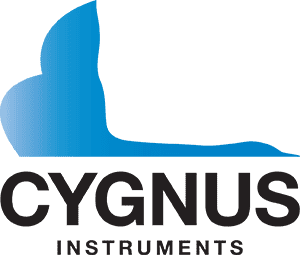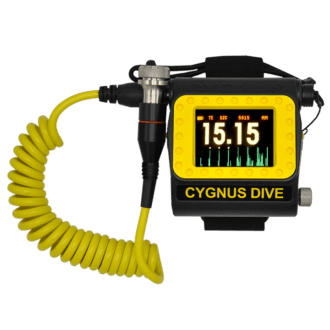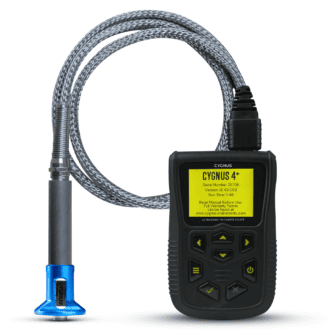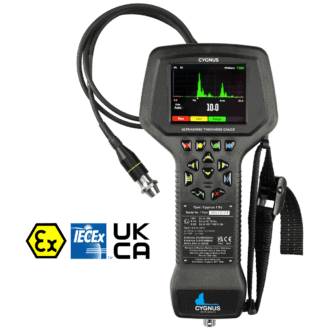Monitoring Scrubber Corrosion
With Scrubbers or Exhaust Gas Cleaning Systems (EGCS) being installed on thousands of vessels worldwide, in response to the IMO 2020 regulations, there has been an increase in corroded scrubber pipes due to highly acidic wash water and high temperatures from exhaust gases.
Scrubber pipes can be replaced or even repaired but it is important to carry out regular checks for signs of corrosion on scrubbers and associated pipework, such as the SOx scrubber discharge water line, discharge outlet or the overboard pipe.
Whether it’s performing an in-water survey or corrosion monitoring in drydock, Cygnus have thickness measurement instruments that give accurate and reliable through coating measurement. And with all PLUS models and the Cygnus DIVE, there are 3 versatile measuring modes:
- Multiple-Echo: Error-checked, accurate metal thickness measurements through coatings up to 20 mm thick
- Echo-Echo: Measures through paint up to 0.5 mm, ideal for testing painted metals with heavy back wall corrosion or pitting
- Single-Echo: For checking uncoated materials, metals with extreme corrosion, specific geometry, attenuative materials and a wide range of plastics.
A popular choice for scrubber inspections has been the Cygnus 1 Ex thickness tester due to being certified to ATEX, IECEx, UKEX for Zone 0 and NRTL for Class 1, Division 1 – making it ideal for the oil and gas tankers.
Cygnus DIVE Underwater Tester
This wrist-mountable underwater UT tester is ideal for underwater inspection in-lieu of drydocking, providing divers ...
More InfoCygnus 4+ General Purpose
A metal thickness tester used for a wide range of applications. This thickness tester offers: an A-scan display; seq...
More InfoCygnus 1 Ex
Designed for taking reliable thickness measurements in all hazardous gas Zones (0, 1, 2), coal mines and combustible ...
More Info




